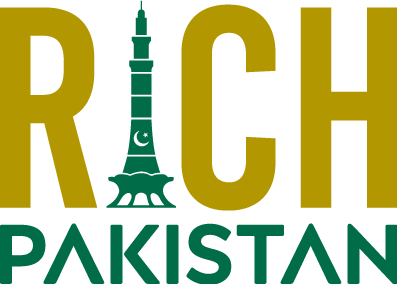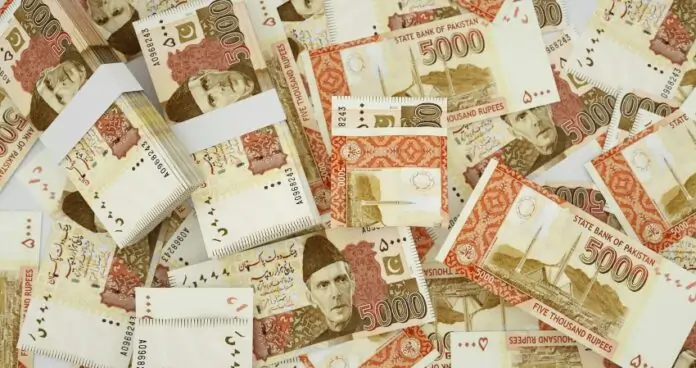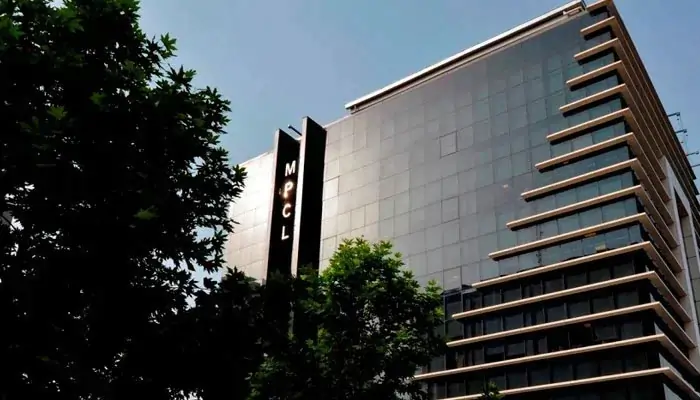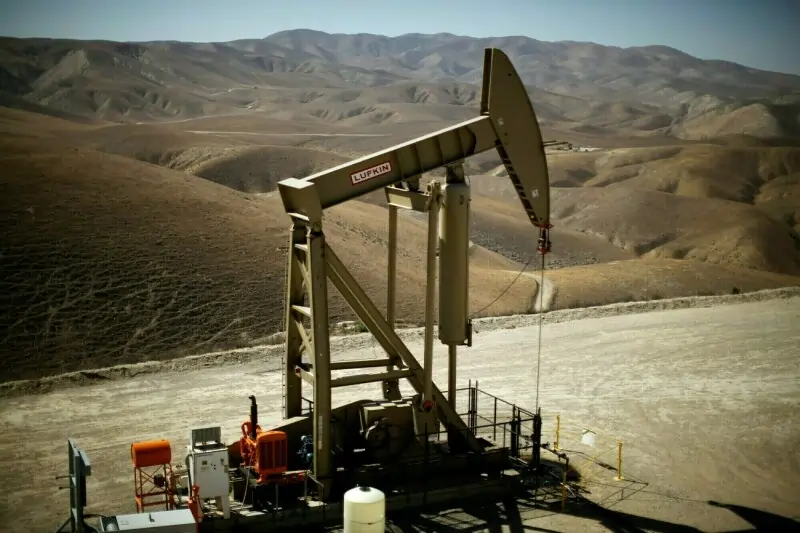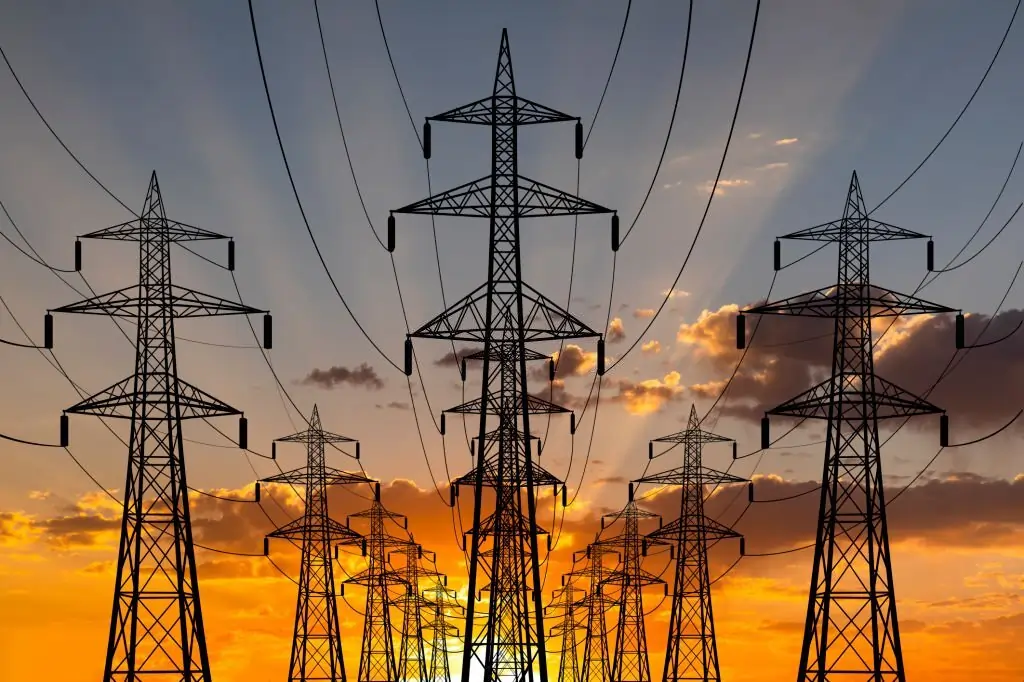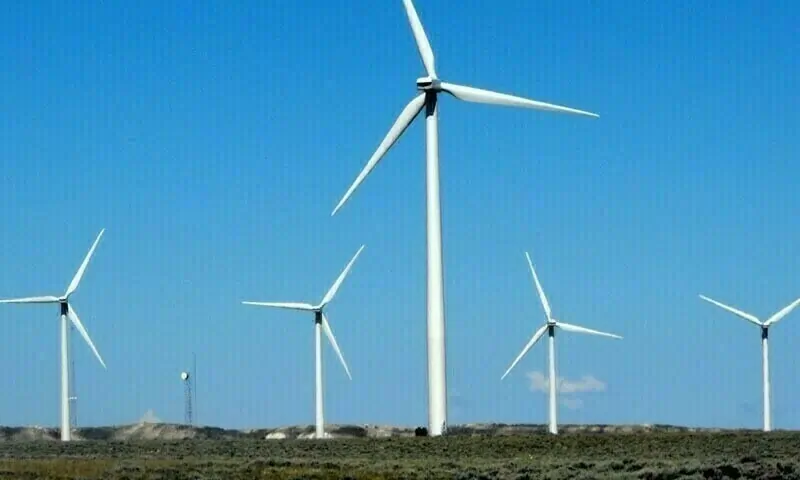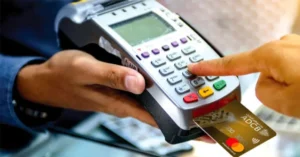In FY24, most borrowing was focused on working capital for industries like sugar and rice, with limited investment in new projects.
Private sector borrowing has shown signs of recovery, reaching Rs710 billion in FY25, a rebound from the Rs513 billion in FY24 and the Rs45.8 billion in FY23, according to data released by the State Bank of Pakistan (SBP). The increase marks a three-year high following a period of sluggish borrowing activity.
In FY24, much of the borrowing was directed toward working capital needs, particularly for industries like sugar and rice, with little investment in new industrial projects.
Bankers noted that while this trend continued into FY25, there was a noticeable shift in the final quarter of FY25. A sharp decline in interest rates, from 22% to 11%, spurred increased borrowing, although the response remained cautious.
Despite the interest rate cuts, borrowing levels for FY25 remained below those seen in FY22, when private sector borrowing hit Rs1.33 trillion, marking a 17.4% increase. Analysts attribute the collapse in private sector activity in FY23 to political and economic instability following a government change, leading to negative GDP growth and minimal borrowing.
The private sector is considered a vital engine for economic growth, driving investment, employment, and business creation. However, its performance is highly sensitive to the broader governance environment, which influences its competitiveness and growth potential.
The State Bank has noted a long-term decline in Pakistan’s credit-to-GDP ratio, which is among the lowest in the region. This has contributed to stagnating growth, limited job creation, and increased poverty.
The SBP highlighted both demand and supply constraints, including high borrowing costs, limited access to financial markets, government borrowing dominance, and banks’ preference for lending to large corporations. Structural issues such as the energy crisis further hinder credit expansion.
The SBP maintained a tight monetary policy throughout FY24, keeping the policy rate at 22% to control inflation, which ended the year at 24%. Though inflation has risen slightly in recent months, analysts predict no significant spikes in the near future. However, banks’ continued preference for government securities over lending to the private sector could limit a return to the borrowing levels seen in FY22.
